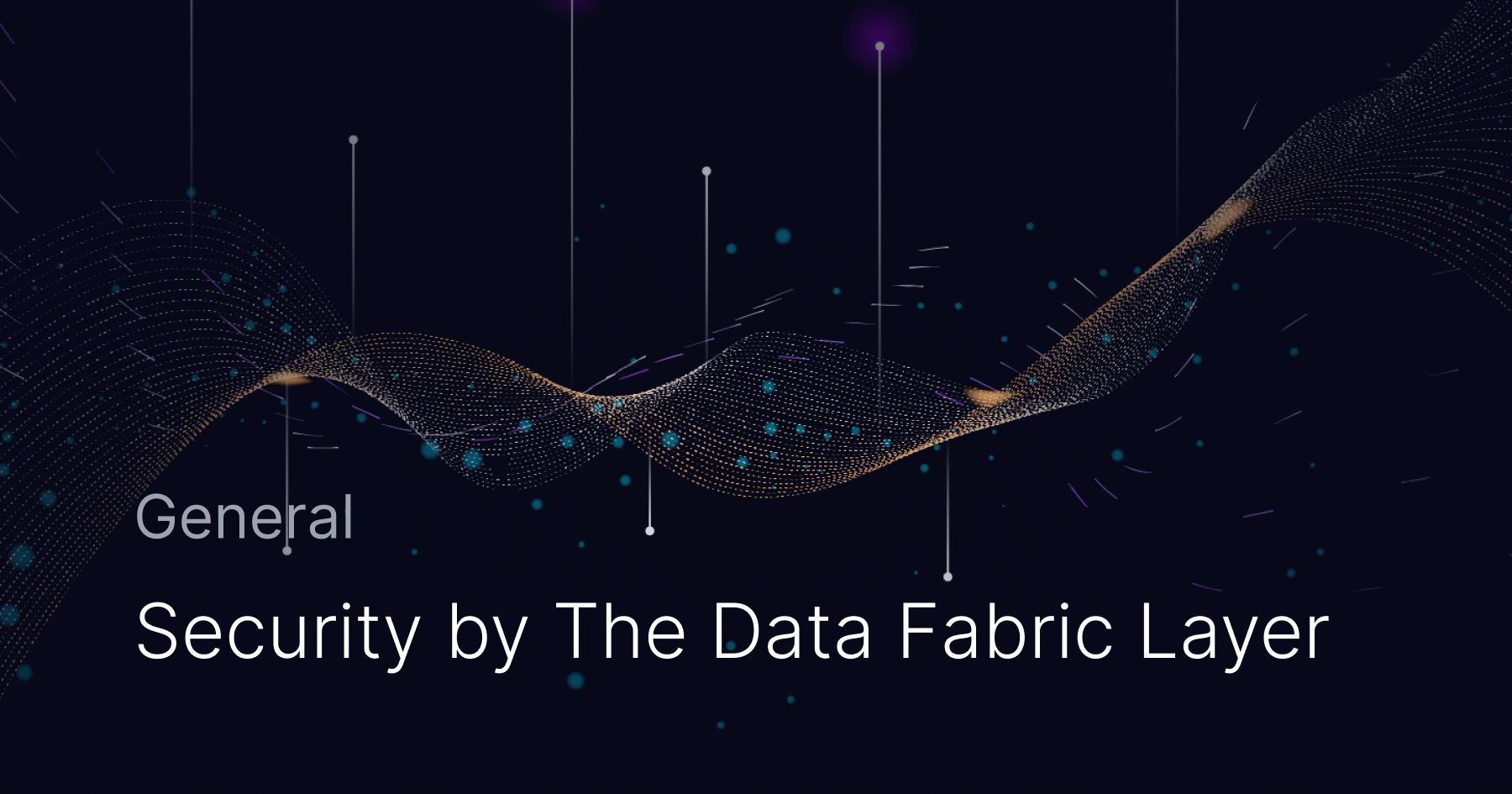Data Fabric Layer for Scaling Organizations

In 2022, Gartner labelled Data Fabric as its top Strategic Technology, given its ability to streamline all of the organization’s data and make it accessible through a centralized network.
Data Fabric is an abstraction layer that centralizes access to all of the organization’s data sources no matter the type. Data Fabric seamlessly integrates and sources data from databases, data lakes, cloud storage, and on-prem resources, and is effective for a wide variety of use cases including business intelligence and cybersecurity among others.
This provides a holistic view of the data landscape and helps organizations streamline data flows, helping create a robust data and security posture.
Why is Data Fabric important now?
Having infrastructure resources distributed across the cloud is the default choice for new and upcoming organizations today. Beyond that, more and more incumbents are adopting a multi-cloud strategy over having their infrastructure in a generally secure on-prem setup.
While cloud resources are relatively less secure, their benefits outweigh the on-prem setup leading to their exponential adoption. Having a multi-cloud strategy offsets overhead costs like maintaining servers, slow and deliberate scaling, fixed costs associated with on-prem setup, etc., leading to increased savings and additional capital for the organization to spend.
On the downside, however, cloud adoption leaves more room for error and exposes the organization’s resources to potential attacks with a larger attack surface. Beyond security concerns, cloud adoption also sometimes means storing data with third-party applications and accessing it through third-party endpoints. Organizations generally migrate this data from these third-party servers to ensure that the data is safely saved in their own resources to prevent loss and increase accessibility through their own well known API endpoints.
Migration then enables all privileged users (technical and non-technical) to access the data from these resources as it is now hosted on their own servers. This reduces the need for task-specific learning, and enables seamless continuation of business operations. With an effective Data Fabric layer, organizations can then perform analysis, extract business intelligence, and utilize data that was previously considered inaccessible for further understanding and better decision-making.
How does Data Fabric help?
The Data Fabric Layer acts as the single interface to access all of the organization’s resources. This layer maps all the resources, annotates them appropriately, and makes access available from their native storage spaces. Some benefits of this layer are as follows-
- Data Fabric enables organizations to reduce the attack surface. By removing the need to share credentials for users to access a third-party data source, the data fabric layer reduces insider threats.
- It removes the need to migrate data for accessibility and sets up the organization to scale efficiently. Data Fabric seamlessly integrates with all resources and standardizes the access APIs making it easy for users to access any resource through the organization’s own endpoints.
- By leveraging metadata, organizations can automate data discovery, and data quality management, ensuring that the data remains accurate and reliable.
- Data Fabric also facilitates robust data governance practices by providing tools for policy enforcement, compliance tracking, and auditing. This ensures that data usage adheres to regulatory standards and internal policies.
Additionally, with Data Fabric, organizations can process data in real time, enabling timely insights and actions. This is particularly beneficial for use cases like fraud detection, customer experience enhancement, and operational optimization.
How to implement a Data Fabric Layer?
According to Gartner, implementing a Data Fabric Layer can be done in a few steps as follows-
Map all the organization resources, and collect metadata.
It is important to map all the resources, as that is the foundation of a data fabric layer. For the automation to properly detect and analyze metadata, it is important to make the resources visible and accessible.
Analyze the metadata. Use automated methods to enable hassle free scaling.
Collecting metadata and using active metadata collection to ensure that it is correctly mapped all the time is important to ensure the layer effectively connects the relevant resources to the correct category. The categorical labels or annotations enable proper data setup and retrieval.
Build solid foundations for access, and enable monitoring to detect any unusual activity.
A primary use case of a data fabric layer is to manage access through a unified endpoint. So, it is important to use Privileged Access Management to ensure hassle-free granting and revoking of access as necessary. Monitoring can also help with identifying access patterns and analyze threats as they happen.
With these three aforementioned steps, an organization can implement a data fabric layer on top of their multi-cloud infrastructure.
Challenges with Data Fabric
While Data Fabric is a simple concept, it is a complex one to implement and manage. Here is a break-down of challenges organizations face while unifying the interface of their resources—
Data Quality
Ensuring the quality of data is a significant challenge within the Data Fabric paradigm. Organizations must implement comprehensive data cleansing and validation processes to maintain the integrity and reliability of their data.
This involves identifying and rectifying inaccuracies, inconsistencies, and redundancies in data from diverse sources. Automated tools and algorithms play a crucial role in detecting anomalies and standardizing data formats to ensure compatibility across the Data Fabric. Additionally, continuous monitoring and quality assurance measures are essential to uphold data accuracy over time, particularly as data volumes grow and evolve.
Scalability
As data volumes continue to grow exponentially, scaling becomes a complex challenge as more sources become available for integration. Organizations must design their Data Fabric solutions to accommodate growing data loads without compromising performance.
This requires robust architectural planning, including the implementation of scalable storage and computing resources that can dynamically adjust to variable data loads. Leveraging cloud-native technologies, such as containerization and microservices, can facilitate this scalability by allowing incremental resource allocation and efficient load balancing.
Integrations
Integrating diverse data sources within a Data Fabric framework is inherently complex due to the vast differences in data formats, structures, and communication protocols. Each data source, whether it be a legacy on-premises database, a modern cloud-based data lake, or a real-time streaming service, comes with its own set of standards and nuances.
To overcome these integration challenges, organizations must invest in sophisticated integration tools capable of streamlining these disparate data streams. These tools often include capabilities for data transformation, enabling the conversion of various data formats into a unified schema that the Data Fabric can process effectively.
Additionally, expertise in data integration is crucial, requiring skilled professionals who understand the intricacies of different data systems and can architect solutions that ensure seamless interoperability.
Cost
Implementing and maintaining a Data Fabric can be a significant financial investment, encompassing costs for advanced integration tools, scalable infrastructure, and skilled personnel. Organizations must carefully evaluate the cost-benefit ratio, considering the long-term efficiencies and competitive advantages Data Fabric can provide.
Aligning this investment with strategic goals is crucial to ensure that the benefits, such as improved data accessibility, enhanced security, and accelerated decision-making, justify the initial and ongoing expenses.
How is Data Fabric different from SIEM?
In contrast to Data Fabric that provides a unified layer for data access, SIEM (Security Information and Event Management) is focused on providing a security solution for real-time analysis of security alerts generated by applications and other network hardware. It collects and aggregates log data from multiple sources, identifies and categorizes incidents, ultimately analyzing them to enable threat detection, investigation and response.
Core features that differentiate SIEM from Data Fabric are as follows-
- Centralized logging and reporting: Enabled through Data Fabric layer, SIEM collects logs and audit trails from mutliple sources across the infrastructure, providing a centralized repository for analysis and reporting. This enables visibility into the security of the infrastructure and applications.
- Real-time monitoring and alerting: By continuously monitoring the environment for security threats, SIEM solutions can provide real-time alerts when suspicious activities or threats are detected. This is made possible through a integrated Data Fabric Layer.
- Threat detection and prioritization: SIEM uses machine learning, and other techniques to identify, prioritize and mitigate vulnerabilities and threats. It helps assess risks and gain visibility into suspicious activities.
SIEM is solution framework focused towards data security. It integrates and builds on top of a Data Fabric layer to offer a range of tools from monitoring to automated detection and incidence response. SIEM and Data Fabric layers comprehensively improve the data security posture of an organizations’ infrastructure.
Data Security Implications
A Central and unified interface for all of the organization’s cloud-based as well as on-prem resources solidifies its security posture. Here are some security benefits that follow the Data Fabric layer-
- Increased control over your data - With the layer enabled integration of niche data sources, it is easy to identify sensitive data and build policies to protect it.
- Access Management - Having discovered and classified the sensitive data, with all traffic going through the Data Fabric layer, it becomes easy to manage access and define roles for privileged access, improving the security posture.
- Monitoring - Again, with the traffic going through the layer, it becomes easy to integrate tools (like SIEM) to monitor activity based on access.
- Detection and Response - From logs and audit trails, threat models can detect unusual activity and run automated response pipelines for incidence response.
- Compliance and Regulation - All collected data, combined with the access logs, can be compiled into audit reports automatically, leading to efficient compliance with regulatory frameworks.
The data fabric layer, therefore, is very effective for scaling organizations operating in the cloud and scaling rapidly. For smaller organizations alike, it is important to start thinking about security at an earlier stage.
Adaptive provides a data security platform that integrates with all your organizations’ resources and provides a unified platform for access. Through adaptive’s Data Discovery and Classification, Privileged Access Management, Activity Monitoring and Dynamic Data Masking, organizations can further improve security easily.
 SOC2 Type II
SOC2 Type II

